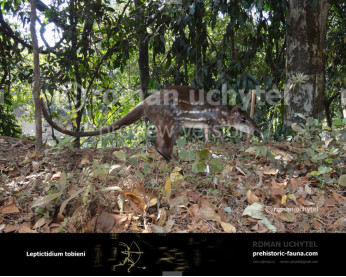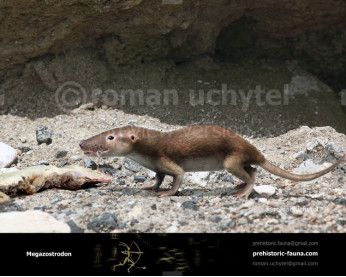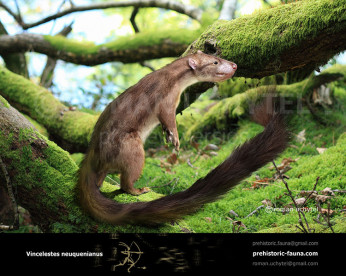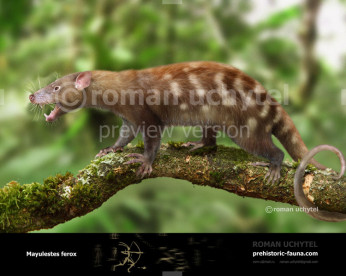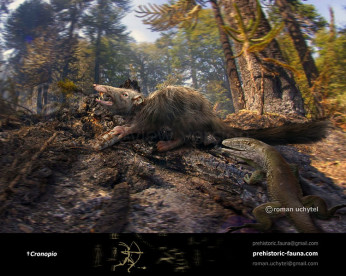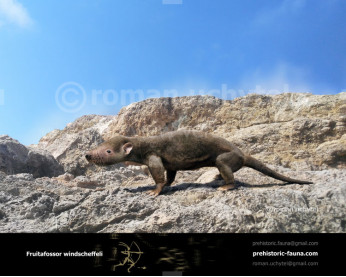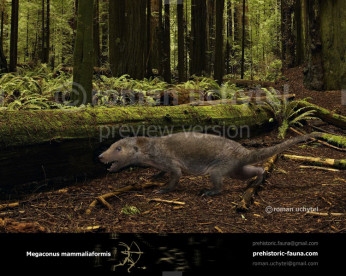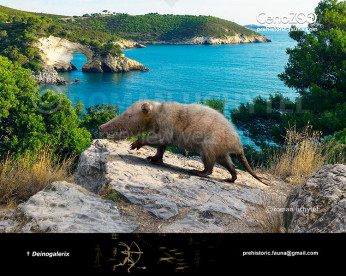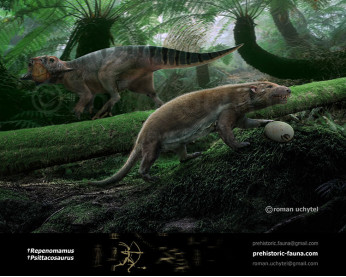Волатикотерій
202123202123Волатикотерій (†Volaticotherium (Meng et al., 2006))
Царство: Animalia
Клас: Mammalia
Ряд: †Eutriconodonta
Клада: †Volaticotherini
Розповсюдження: Юрський період (Азія, 164 млн років тому)
Розміри: довжина ~ 35 см
Типовий вид: †Volaticotherium antiquum
Волатикотерій — вимерлий планерний комахоїдний ссавець, що жив в Азії в юрський період. Він мав шкіряну мембрану як у сучасної летягі, що простягалася не лише між кінцівками, а й до основи хвоста. Як інши малі істоти, вирогідно був густо вкритий хутром.
Це єдиний представник роду Volaticotherium. Відкриття цієї тварини стало найдавнішою відомостю про планерного ссавця (на 70 мільйонів років старше, ніж наступний найдавніший приклад), а також надало додаткові докази різноманітності ссавців протягом мезозойської ери..
Пальці ніг волатикотерія були хапальними, як це характерно для деревних ссавців а зуби мали довгі, вигнуті, спрямовані назад горбки, які, можливо, у поєднанні з довгими іклами, вказують на м'ясоїдну дієту, яка, ймовірно, складалася з комах. Це підтверджується дослідженням, яке відносить його до таксонів комахоїдних, тоді як споріднений Argentoconodon віднесено до таксонів м'ясоїдних. Було відмічено, що більшість планерних ссавців є переважно травоїдними, що робить хижіх Volaticotherini справді винятковими. Зокрема, самого Volaticotherium порівнюють з комахоїдними кажанами, а його унікальні стегнові кістки були стійкими до навантажень у польоті та робили наземне пересування незграбним.
Волатикотерій (†Volaticotherium (Meng et al., 2006))
Царство: Animalia
Клас: Mammalia
Ряд: †Eutriconodonta
Клада: †Volaticotherini
Розповсюдження: Юрський період (Азія, 164 млн років тому)
Розміри: довжина ~ 35 см
Типовий вид: †Volaticotherium antiquum
Волатикотерій — вимерлий планерний комахоїдний ссавець, що жив в Азії в юрський період. Він мав шкіряну мембрану як у сучасної летягі, що простягалася не лише між кінцівками, а й до основи хвоста. Як інши малі істоти, вирогідно був густо вкритий хутром.
Це єдиний представник роду Volaticotherium. Відкриття цієї тварини стало найдавнішою відомостю про планерного ссавця (на 70 мільйонів років старше, ніж наступний найдавніший приклад), а також надало додаткові докази різноманітності ссавців протягом мезозойської ери..
Пальці ніг волатикотерія були хапальними, як це характерно для деревних ссавців а зуби мали довгі, вигнуті, спрямовані назад горбки, які, можливо, у поєднанні з довгими іклами, вказують на м'ясоїдну дієту, яка, ймовірно, складалася з комах. Це підтверджується дослідженням, яке відносить його до таксонів комахоїдних, тоді як споріднений Argentoconodon віднесено до таксонів м'ясоїдних. Було відмічено, що більшість планерних ссавців є переважно травоїдними, що робить хижіх Volaticotherini справді винятковими. Зокрема, самого Volaticotherium порівнюють з комахоїдними кажанами, а його унікальні стегнові кістки були стійкими до навантажень у польоті та робили наземне пересування незграбним.

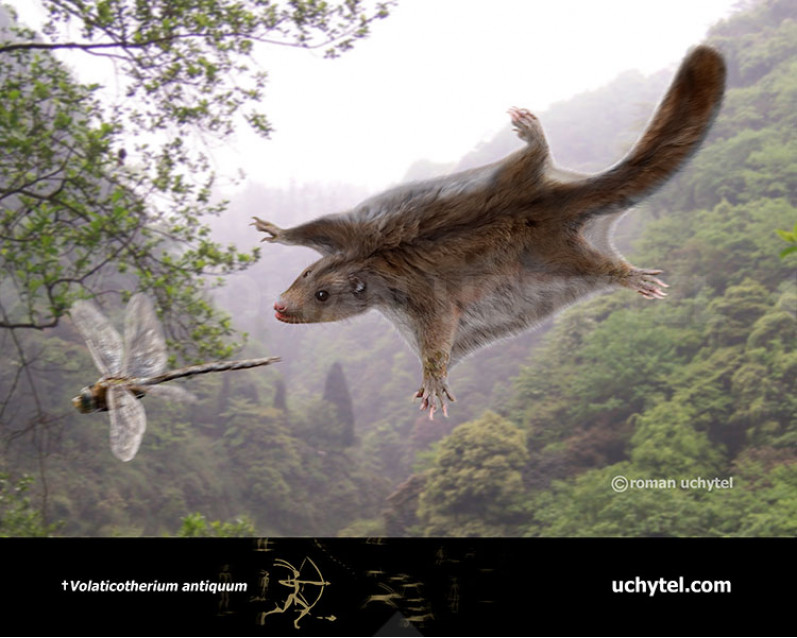
-797x638.jpg)

-70x56.jpg)
